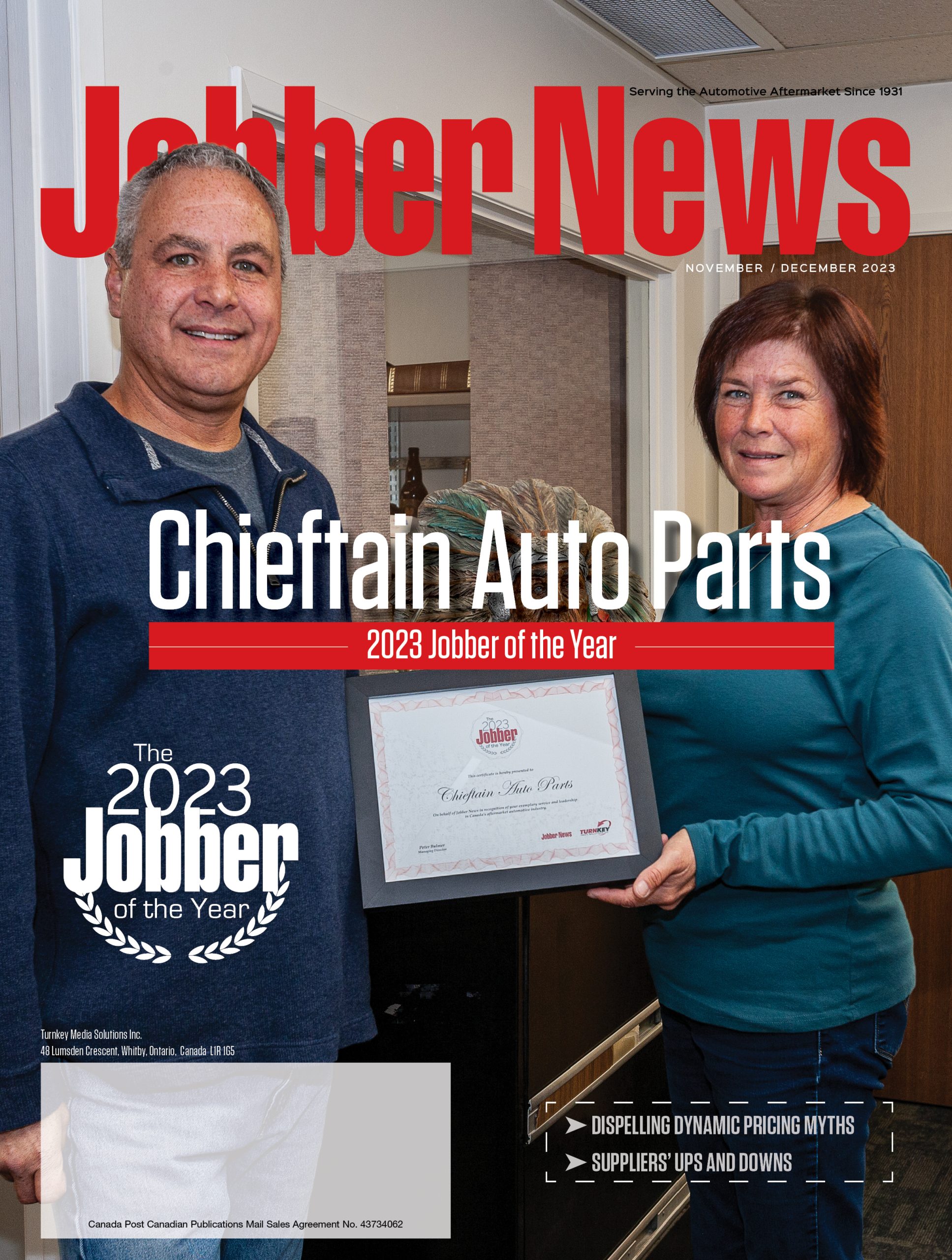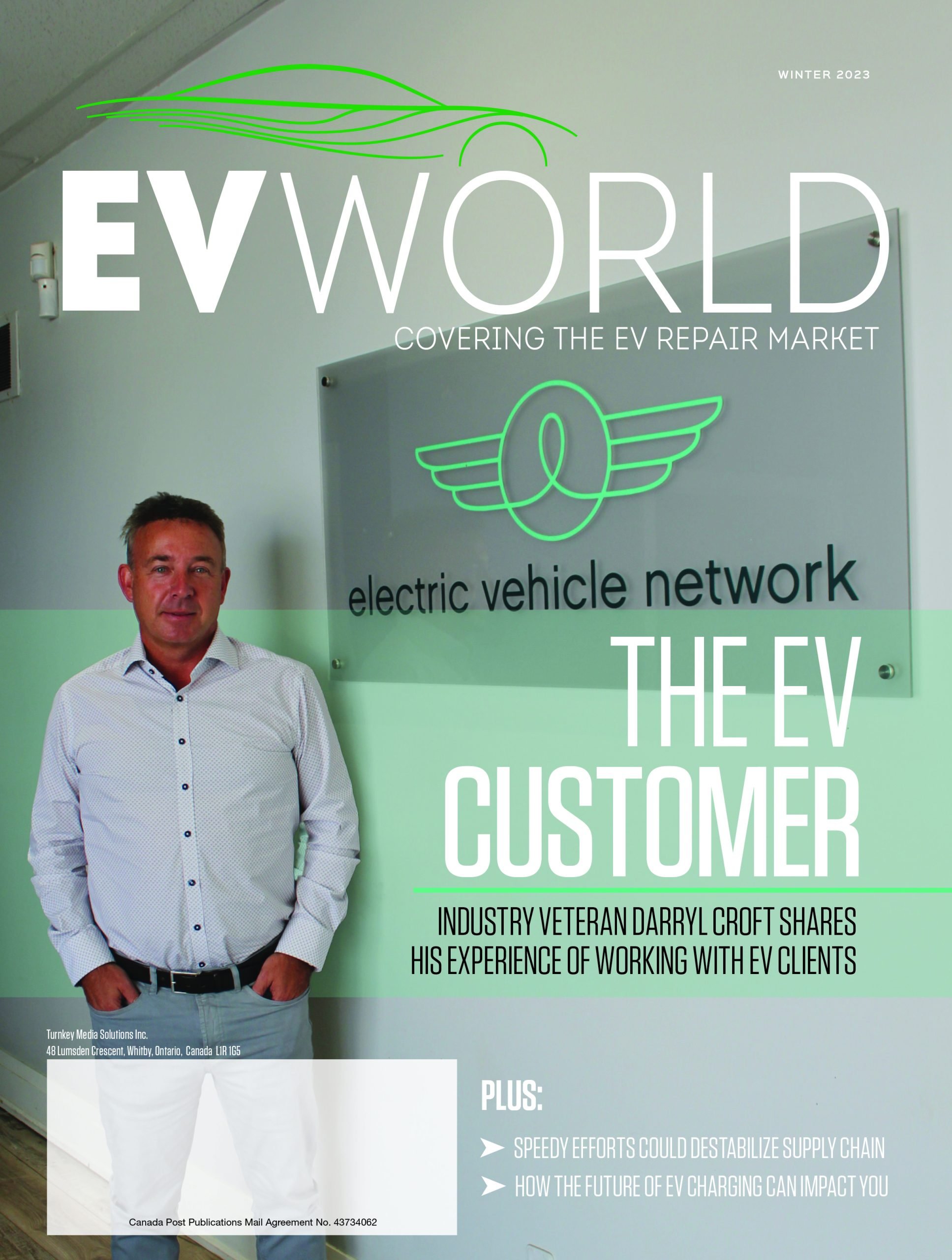
Locking the door
Volvo Cars announced a move in late June that, whether done intentionally or not, will make it harder for independent automotive service professionals to service its future vehicle offerings.
The automaker said that it is taking software development in-house. Its next generation of pure electric models will run on its own operating system called VolvoCars.OS. Volvo said the move would allow for faster and more flexible development. It also said the move was necessary
as a vehicle’s appeal will be increasingly defined by software-driven functions and features, instead of the more traditional automotive attributes.
Volvo noted that its operating system “will act as an umbrella system for electric Volvo cars.” It will incorporate the automaker’s “various operating systems across the car and the cloud, creating one coherent software OS environment.”
Android Automotive OS, QNX, AUTOSAR and Linux would act as underlying operating systems, the company added.
The move to have its own operating system appears to be part of a strategy to draw in more data about those driving its vehicles. Volvo will be able to access in-car features like vehicle sensor data, user interfaces and cloud-based features such as fleet data — all subject to the consent of the customer — thanks to a variety of application programming interfaces (APIs). The data will allow Volvo developers to create new applications and services for its cars, the company said.
“By developing software in-house we can boost development speeds and improve your Volvo faster than we can today,” said Henrik Green, chief technology officer, when announcing the initiative. “Just like on your smartphone or computer, new software and features can be rolled out swiftly through over-the-air updates, making your Volvo better and even more enjoyable over time.”
Aftermarket concerns
What Volvo is doing isn’t new. They’re one of a few automakers going in- house to develop their own software. Tesla is already doing this; General Motors announced in January that it would do the same, pointed out J.F. Champagne, president of the Automotive Industries Association of Canada.
And it’s the use of APIs that catches his eye the most from Volvo’s announcement.
“That has been the crux of our representations on ‘Your car. Your data.’ and the continuous access to vehicle information for the aftermarket,” he told CARS, referring to the Your Car. Your Data. Your Choice. campaign.
AIA Canada has teamed up with the U.S.-based Auto Care Association to promote the campaign to raise awareness and garner industry and public support around the importance maintaining consumer choice in how vehicles are serviced and repaired.
As vehicles become more connected, the aftermarket faces the threat of being locked out of accessing vehicle data necessary to repair these newer vehicles. While the campaign is a North American initiative, the global aftermarket industry as a whole has been fighting for standards that allow technicians access to data so they can repair such vehicles.
“A proprietary system, by design, typically is not going to be as robust as an open standard using a standardized type of system, where the whole community could then get together to address these issues as they arise.”
Champagne specifically pointed to the API portion of Volvo’s announcement. “What extended vehicle API is, essentially, and has been promoted by OEMs is: The vehicle is going to communicate to our own servers; we are going to harvest, control and get all of the information from the vehicle. And then through API, we’ll choose and pick what information we’re going to serve out to [whoever we] would like to, at whatever price point we want to and for whatever applications we feel we’d like to.”
And from his perspective, that’s an anti-competitive position because it’s not an open system.
“It does not use standardized ways of accessing information,” he said in an interview. “We go as far as saying that it doesn’t provide for the most cyber secure solution either. A proprietary system, by design, typically is not going to be as robust as an open standard using a standardized type of system, where the whole community could then get together to address these issues as they arise.”
What the aftermarket has been pushing for is SVI — secure vehicle interface. It’s a standardized way to share and protect information.
“And what that means is a need for direct access to the onboard telematics gateway to access the information for our purpose, obviously, to perform diagnostics and do repairs,” Champagne said.
The connected future
These days, more and more everyday items are being connected to the internet — the internet of things, as it’s referred to. From refrigerators to washing machines to garage doors, many household items are now connecting to the internet and accessible by smartphones. Vehicles are just the latest to join the roster.
“Our vehicles are going to be increasingly connected,” Champagne observed. “We’re saying within two years that it’s pretty much 100% of all new cars sold in Canada that are going to be connected to the internet at all times.”
It’s this amount of connectivity that’s driving automakers to increase their ability to fully control and know exactly what’s happening with their vehicles once it’s bought from the dealership.
“It’s not like they know what’s going on with their vehicle only when it pulls up into their service bays,” Champagne said. “At any single time [thanks to connectivity], they know what’s going on with these vehicles. They could remotely shut down the vehicle [for example].”
This is not to say that these are bad technologies. Quite the opposite, Champagne noted. “Those are great technologies. It will improve service cycles, it could improve preventive diagnostic, it saves lives — it has great benefits for consumers and society.”
“These moves are not specifically intended of eliminating repair activity, but it’s to fully control the lifecycle of the vehicles.”
However, it needs to be used in the right way and with the right intentions. And that’s where the aftermarket has concerns.
“When technology can be used for anti-competitive goals, they’re not going to come straight out and tell you that,” Champagne said. “But monetization of data is central.”
From the automakers’ perspective, they made their money selling hardware — the physical vehicle. But now, they’re realizing there’s more to be made on the services and the software on which the vehicles are built.
“That’s really where we get into the crossfire from a collision repair and mechanical repair and maintenance of vehicles,” Champagne said.
Indeed, Volvo noted that its move allows it “to gradually separate hardware from software. This means the company can introduce more frequent hardware cycles, so that new Volvo models can be equipped with the latest available hardware,” its announcement said.
“These moves are not specifically intended of eliminating repair activity, but it’s to fully control the lifecycle of the vehicles,” Champagne said.
Nevertheless, that control would end up hurting the aftermarket. By controlling the data, the monetization of the data sits with the original equipment industry.
If a customer needs to go to the Tesla or Volvo dealership because that company controls its data — and therefore can’t visit their local repair shop — they would be stuck paying whatever the dealer demands to have their vehicle fixed. So, Champagne, said, instead of a repair bill of a few hundred dollars, they may end up paying a few thousand instead due to lack of choice.
If or when then that happens, “I think will people start to wake up to this problem,” Champagne said.
That’s why the Your Car. Your Data. Your Choice. campaign is critical for the aftermarket. Without a regular set of standards to share data, not only will the aftermarket suffer, so too will customers. So it’s his hope that an agreement can be reached or legislative rules can be put in place before there’s any damage.
“There are no standards right now mandated by regulations that will force the automaker to build similar standardized access for connected cars — there simply isn’t,” he said.
.png)







